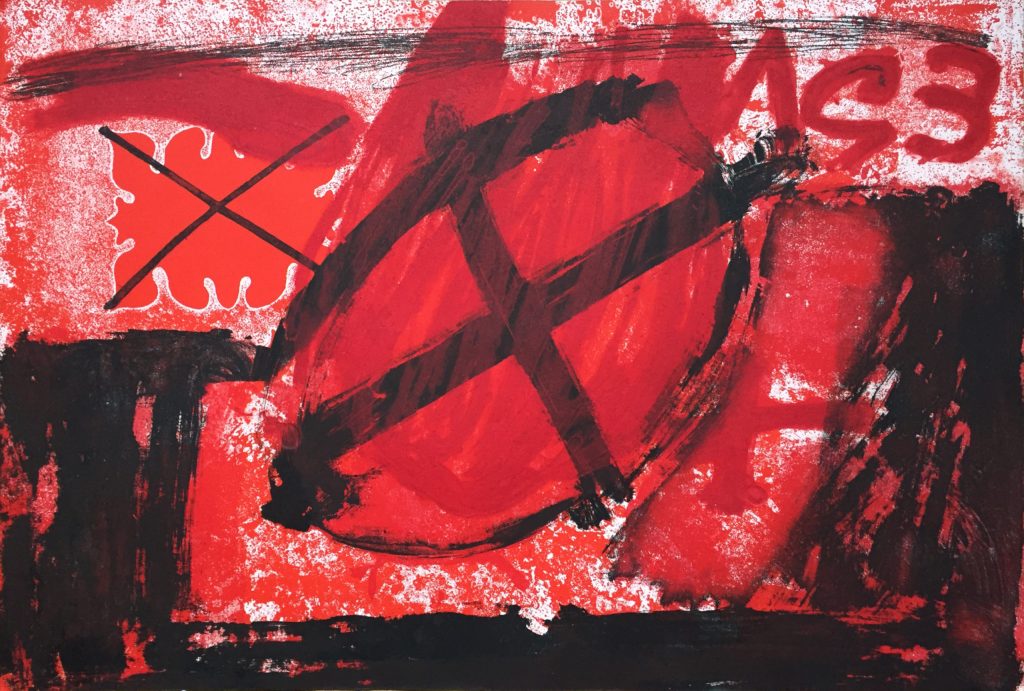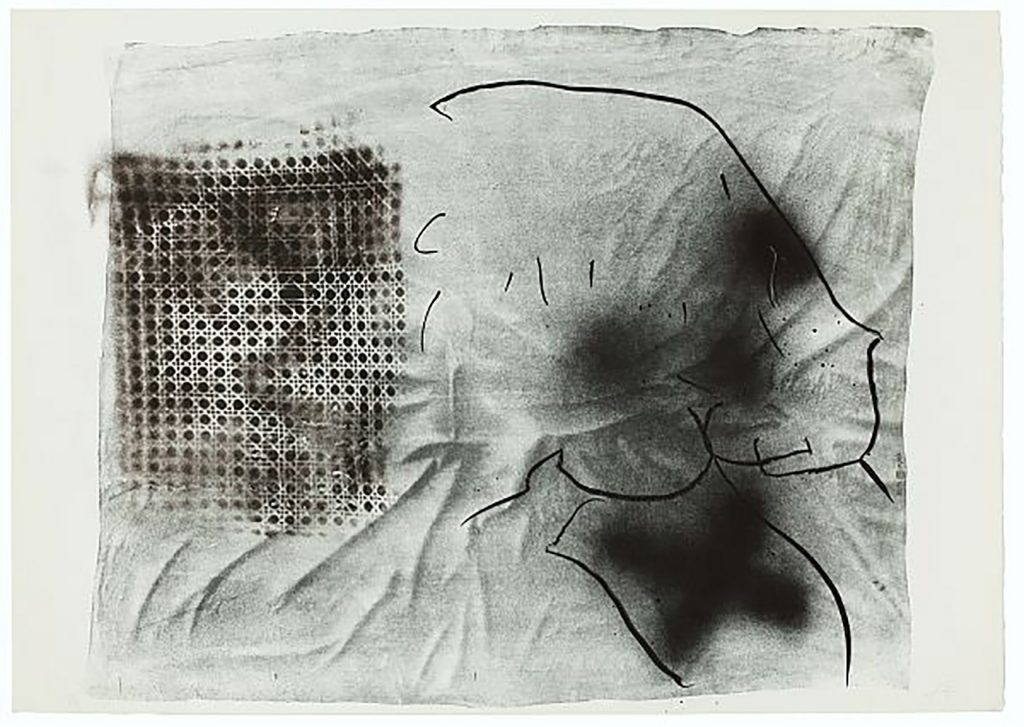Antoni Tapies Art: From Surrealism To The Abstract
Antoni Tapies (1923 – 2012) was credited with introducing contemporary abstract painting into Spain. His adolescence was disrupted by the Spanish Civil War and a serious illness that lasted two years.
Tàpies began as a Surrealist but developed into an abstract artist under the influence of French painting. Tàpies’s early work was influenced by the art of Max Ernst, Paul Klee, and Joan Miró, and by Eastern philosophy.

In 1943 Tàpies began studying for a law degree at the University of Barcelona, but he abandoned this career in 1946 to devote himself to painting. He was largely self-taught as an artist.
In 1950 Tàpies saw the work of Jean Dubuffet, which turned him away from Surrealism and toward abstraction.
In the same year Tàpies held his first solo show at the Galeries Laietanes, Barcelona, and he was included in the Pittsburgh International (now Carnegie International). His first solo show in New York was presented in 1953 at the gallery of Martha Jackson, who arranged for his work to be shown the following year in various galleries around the United States.

Tàpies began in 1955 to work with a thick impasto, and these “matter” paintings, similar in their power and individuality to American Abstract Expressionist paintings, secured his world reputation. In his later works Tàpies began incorporating real objects such as buckets, mirrors, and silk stockings in his paintings—and even larger objects.
Antoni Tapies Art
Browse available Antoni Tapies prints from leading galleries and art dealers.
